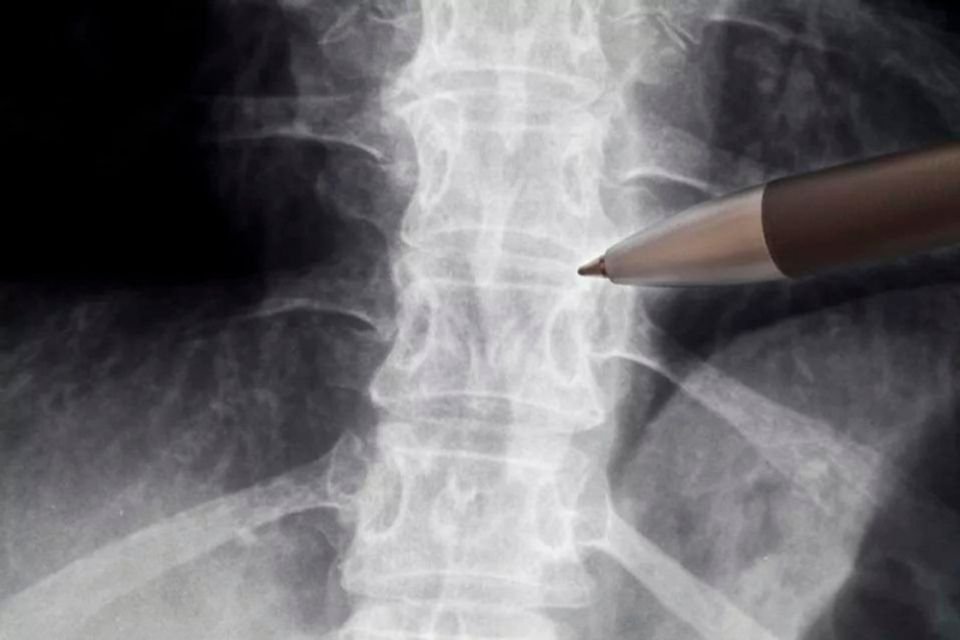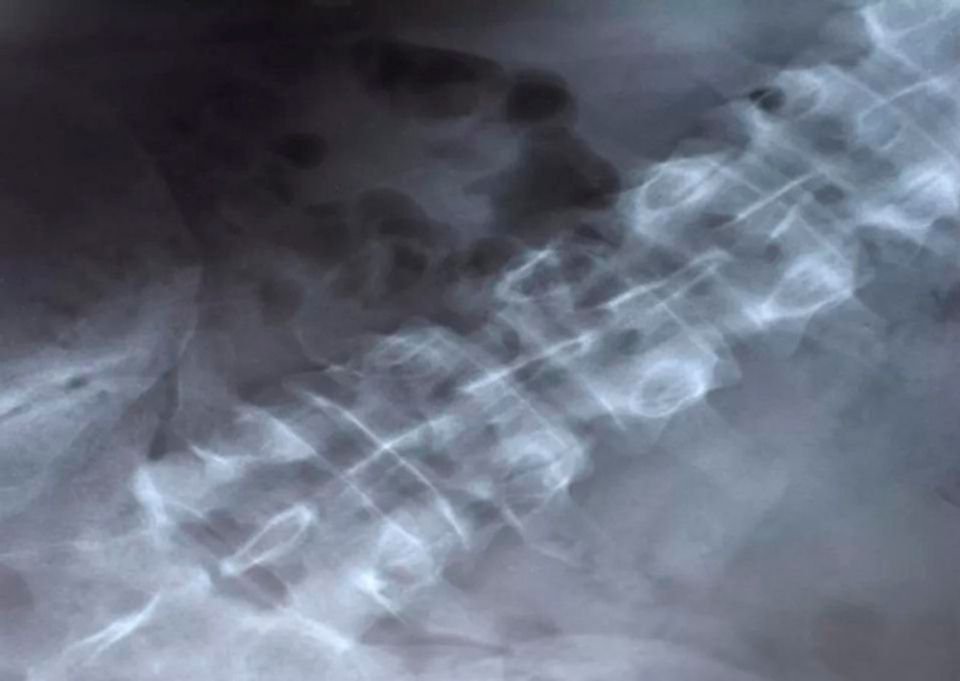SPINE CONDITIONS
ANNULAR TEAR
An annular tear occurs due to the weakening of the cartilaginous outer layer of an intervertebral (spinal) disc, called the annulus fibrosis.
BULGING DISC
A spinal disc is considered to be bulging when the inner material of the disc, called the nucleus pulpous, begins to press through the outer layer; causing a bulge.
COLLAPSED DISC
This article will cover everything you need to know about a collapsed spinal disc, including causes, symptoms and treatment options.
DEGENERATIVE DISC DISEASE
This term is somewhat of a misnomer because degenerative disc disease is in fact not a disease. Every one of us undergo disc degeneration as we age.
FACET DISEASE
Facet disease occurs when the facets become swollen or painful as a result of injury, arthritis, or gradual degeneration, resulting in the build up of bone spurs, thickened ligaments or cysts that can pinch adjacent nerves.
HERNIATED DISC
A herniated disc is a weakening and rupturing of the outer shell, or annulus, and the resulting movement of the softer inner material out of the disk, usually as a result of excessive strain placed on the spine.
SACROILIITIS
The most common cause of sacroiliac joint pain is Sacroiliitis. Sacroiliitis is an inflammation of one, or both, of the SI joints located where the lower spine connects with the pelvis.
SCIATICA
Sciatica is one of the most common spinal conditions and describes the pain that runs down the sciatic nerve. While sciatica typically only affects one side of the body, it is often reported as one of the most painful forms of back pain mainly due to the overall size of the nerve.
SLIPPED DISC
A slipped spinal disc occurs when the soft inner core of the disc bulges out through a tear in the tougher outer layer. This can put pressure on the nerves that run through the spine and cause pain, tingling, or numbness in the affected area.
SPINAL CYSTS
A spinal cyst is simply a synovial cyst that forms on the tendons or joints in the spine, often as the result of natural degeneration. It is a benign, fluid-filled sac that can vary in size and often go unnoticed unless they are pressing against a nerve or affecting joint movement.
SPINAL FRACTURES
Spinal fractures usually occur either as a result of direct trauma to the spinal column or weakened vertebrae resulting from osteoporosis.
SPINAL STENOSIS
Spinal stenosis is a narrowing of the canal that houses our spinal cord/nerves. The narrowing is usually a result of the build up of bone spurs and thickened ligaments which occur as a response to degenerative disc disease.
SPONDYLOLISTHESIS
Spondylolisthesis occurs when a lumbar vertebrae in the spine slips forward relative to the vertebrae below it. The most common level is the bottom level in the lumbar spine at L5-S1.
BRAIN CONDITIONS
ARTERIOVENOUS MALFORMATION
An arteriovenous malformation, which occurs most frequently in the brain or spine, is a tangle of abnormal blood vessels, causing blood to flow directly from your arteries to your veins, bypassing the surrounding tissues.
BRAIN ANEURYSM
A brain aneurysm is ballooning or bulging in a blood vessel in the brain, usually between the brain itself and the thin tissues covering the brain.
BRAIN TUMORS
A brain tumor is simply a mass caused by abnormal cell growth on or near the brain. Brain tumors can vary widely in growth rate, size, and location, and can be both noncancerous and cancerous.
CHIARI MALFORMATION
Chiari Malformation is a structural defect which results in the cerebellum, the part of the brain that controls balance and typically rests in an indention at the base of the skull, becoming displaced below the opening of the spinal canal (the “foramen magnum”).
PITUITARY TUMORS
A pituitary tumor is an abnormal growth that develops in your pituitary gland, a pea-sized glad at the base of your brain that is responsible for growth, development, and the regulation of other endocrine glands and systems.


















